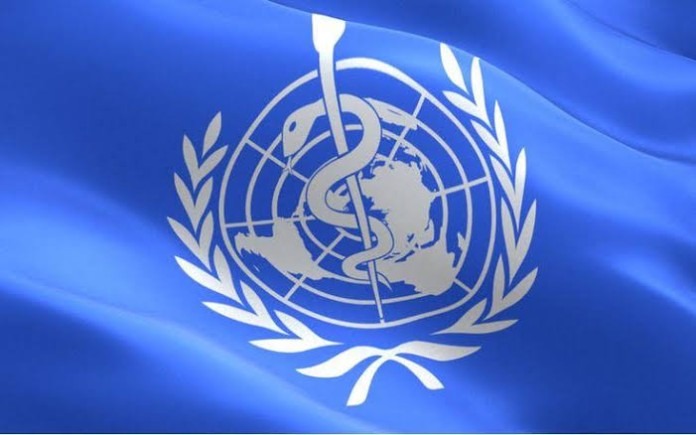By Blessing Bature
The World Health Organization (WHO) has raised alarm over the increasing number of viral hepatitis infections claiming 3500 lives each day.
WHO 2024 Global Hepatitis Report, the number of lives lost due to viral hepatitis is increasing. The disease is the second leading infectious cause of death globally with 1.3 million deaths per year, the same as tuberculosis, a top infectious killer.
The report, released at the World Hepatitis Summit, highlights that despite better tools for diagnosis and treatment, and decreasing product prices, testing and treatment coverage rates have stalled. But, reaching the WHO elimination goal by 2030 should still be achievable, if swift actions are taken now.
New data from 187 countries show that the estimated number of deaths from viral hepatitis increased from 1.1 million in 2019 to 1.3 million in 2022. Of these, 83% were caused by hepatitis B, and 17% by hepatitis C. Every day, there are 3500 people dying globally due to hepatitis B and C infections.
WHO Director-General Dr Tedros Adhanom Ghebreyesus said, “this report paints a troubling picture: despite progress globally in preventing hepatitis infections, deaths are rising because far too few people with hepatitis are being diagnosed and treated.”
“WHO is committed to supporting countries to use all the tools at their disposal – at access prices – to save lives and turn this trend around”, he said.
Updated WHO estimates indicate that 254 million people live with hepatitis B, and 50 million with hepatitis C in 2022. Half the burden of chronic hepatitis B and C infections is among people 30–54 years old, with 12% among children under 18 years of age. Men account for 58% of all cases.
New incidence estimates indicate a slight decrease compared to 2019, but the overall incidence of viral hepatitis remains high. In 2022, there were 2.2 million new infections, down from 2.5 million in 2019.
These include 1.2 million new hepatitis B infections and nearly 1 million new hepatitis C infections. More than 6000 people are getting newly infected with viral hepatitis each day.
The revised estimates are derived from enhanced data from national prevalence surveys. They also indicate that prevention measures such as immunization and safe injections, along with the expansion of hepatitis C treatment, have contributed to reducing the incidence.
Recommending for accelerating hepatitis elimination, the report outlines a series of actions to advance a public health approach to viral hepatitis, designed to accelerate progress towards ending the epidemic by 2030.
The includes expanding access to testing and diagnostics; shifting from policies to implementation for equitable treatment; strengthening primary care prevention efforts; simplifying service delivery, optimizing product regulation and supply; developing investment cases in priority countries; mobilizing innovative financing; using improved data for action; and engaging affected communities and civil society and advancing research for improved diagnostics and potential cures for hepatitis B.







